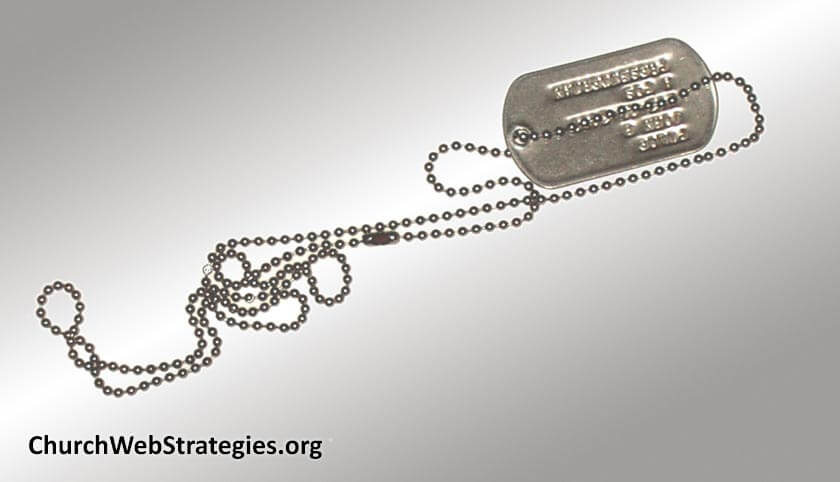To this day I still do not understand why some companies force users to self-identify. When trying to buy a computer on a major name brand website, you must often declare if you are a home, student, and business customer. What if you are a part-time student who lives at home while running a small business? What do you choose? For church websites, do not ask if the users is an existing member, prospective member, or anything else. Present content that engages all of your target audiences and they will make their own choice.
Eliminate Decisions
Removing the decision of “who am I” will eliminate a forced choice on your users. What if someone has been attending your church for a few months, but has not made any commitments to join your church. Would they feel uncomfortable clicking on a “for members” section of your site? If you post certain news and events that are relevant to existing members, your prospective members may miss them. If they miss a key event that would have brought them further into your church community; you may have just lost a potential life-long member.
Missed Connections
Also, consider the scenario where an existing member has started to stall in their spiritual journey. There may be a revitalizing class or event that is totally lost to them because it is in a section labeled “for new members”. An existing member may never explore this section and may miss out in rejuvenating their faith.
The Exception
The only time I can excuse forcing consumers to self-identify is when an international company has vastly different product lines per country or geographic region. Additionally, there may be restrictions on where a company can ship certain products. This scenario may come about when dealing with multi-site churches. Certain ministries or programs may only be offered in certain venues. However, I would handle this by showing all of the ministries offered, and then state it’s only offered at a particular venue. Someone may be willing to drive the extra distance in order to get the help they are seeking. Even better, they can talk to the pastor at their current venue about getting that help there. Bottom line; let everyone know all that your church has to offer.
Action Item
Eliminate the hierarchy of “choice to product”. Add any restrictions afterward, but always provide a caveat that they can contact someone to discuss their situation. Show all that you have to offer up front and let your users explore and discover something that may start or revitalize their spiritual journey!
Photo courtesy of John Pilge

